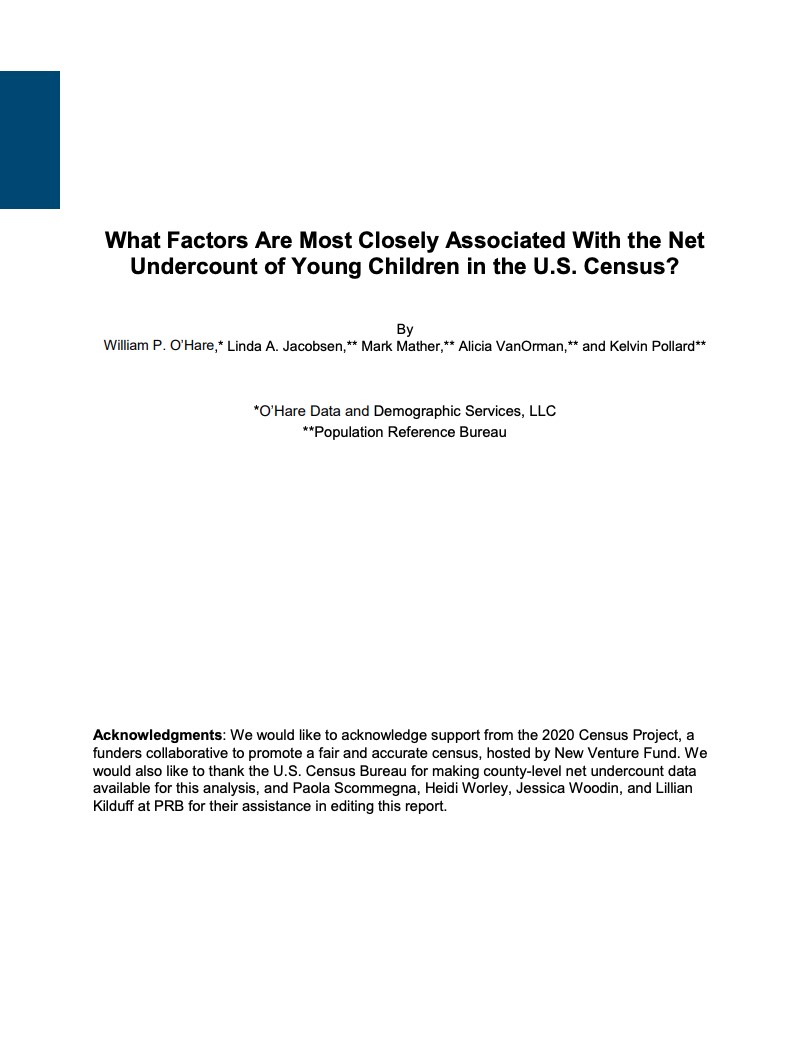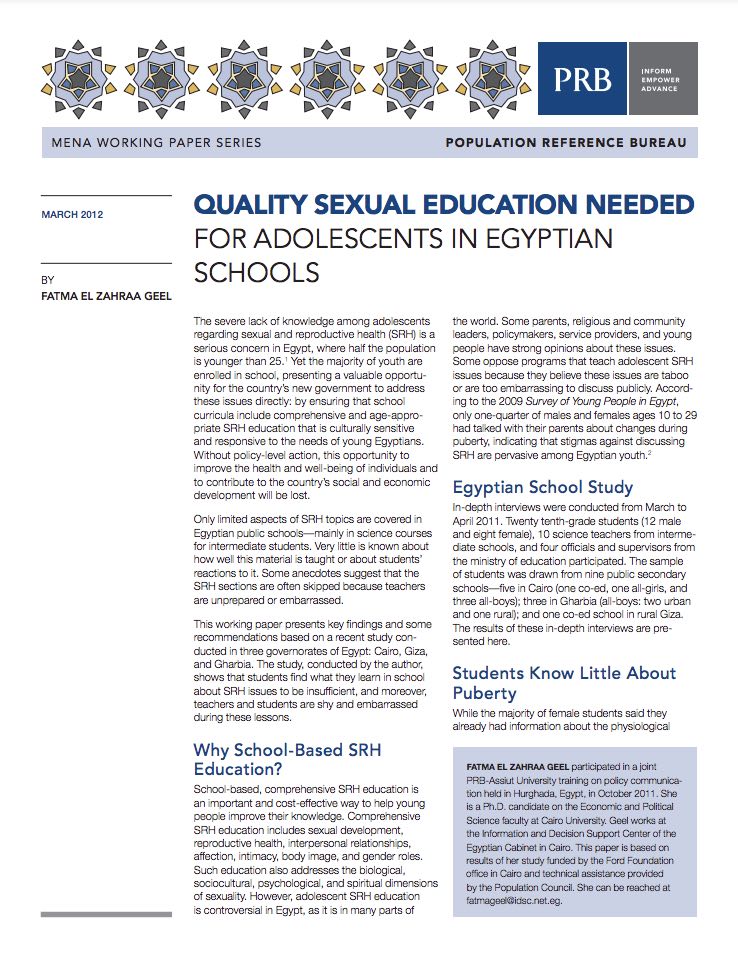Project: American Community Survey and Decennial Census Support Services
What Factors Are Most Closely Associated With the Net Undercount of Young Children in the U.S. Census?
(2019) Our analysis focuses on the factors that are most closely associated with the net undercount of children in the census.




